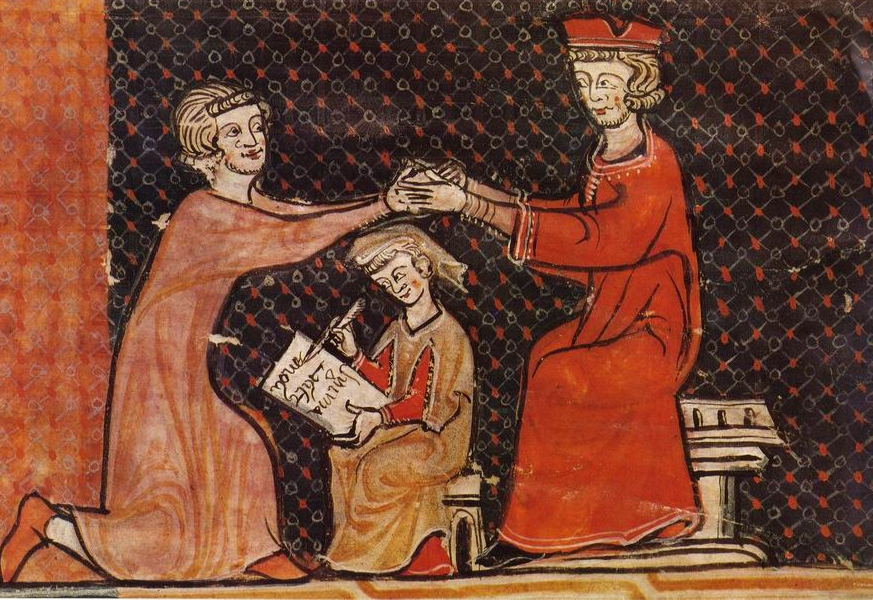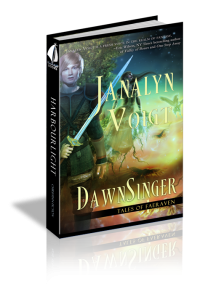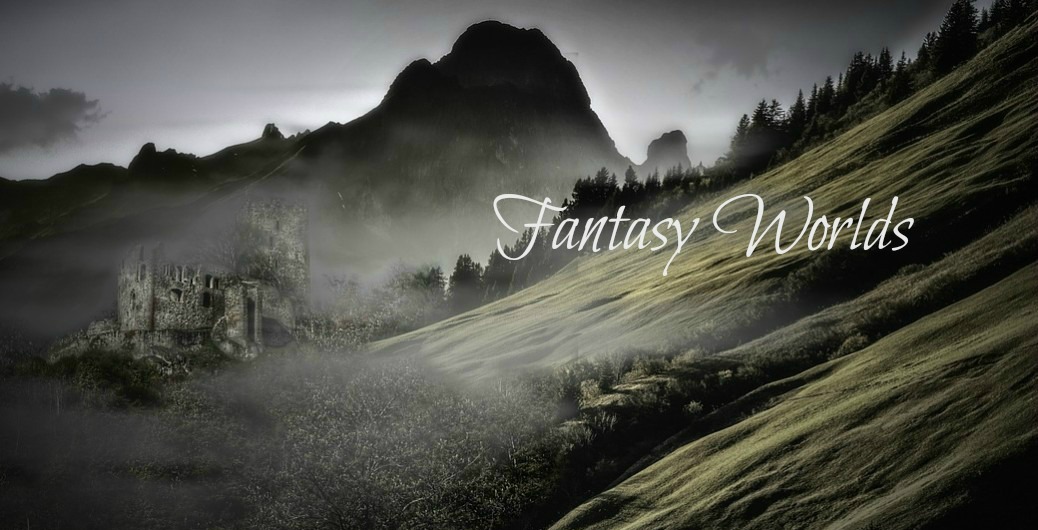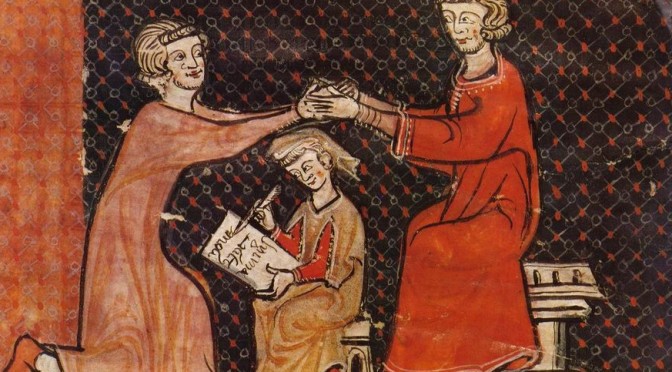In the early middle ages, a commendation ceremony to give homage to a liege lord required an oath of fealty that sealed the relationship between the lord and a member of his fighting forces.
The Commendation Ceremony
The commendation ceremony was divided into two parts: the act of homage and an oath of fealty.
Act of Homage

In the first part of the ceremony, a prospective vassal knelt before the lord, bare-headed and weaponless. The vassal clasped his hands in a gesture of prayer and extended them to the lord, who grasped them between his own. This expressed the vassal’s submission to the lord’s power. The vassal stated his desire to become ‘the man,’ a request the lord would accept.
Today's Christian prayer posture, kneeling with hands clasped, evolved from the medieval commendation ceremony. Before this time, people stood with outstretched arms when they prayed, in the orans position.
Oath of Fealty

In the second part of the commendation ceremony, the vassal placed his hands upon a Bible or saint’s relic and promise never to harm or deceive the lord, to remain loyal, and to protect the lord.
The oath of fealty was considered a bond made before God, and any knight who violated it could expect dire consequences from the Almighty.
In exchange, the liege lord offered the vassal protection, loyalty, and often the use of lands. Beneficial ownership (dominium utile), the land rights conferred on the vassal, closely resembled actual possession of property. Later in the Middle Ages, these transactions were recorded by deed.
The oath of fealty was a fundamental element of feudalism.
I researched the oath of fealty while writing DawnSinger, the first book in theTales of Faeraven medieval epic fantasy series. In the story, Kai of Whellein must choose whether to serve the high ruler of Faeraven or reign in his own kingdom after his older brother vanishes and is presumed dead. Kai grew up in the High Hold of Faeraven, which feels more of a home to him than his ancestral stronghold. Wanting to please his father but pulled by a strong sense of duty, Kai struggles to decide his course of action.

Also torn between duty and desire, mysterious young Shae looks to Kai for protection in a world where nothing is as it seems, Prophecy and prayer await fulfillment even as intrigue and betrayal stand in the way. In the balance lies the fate of a nation.
Learn more about Tales of Faeraven.


